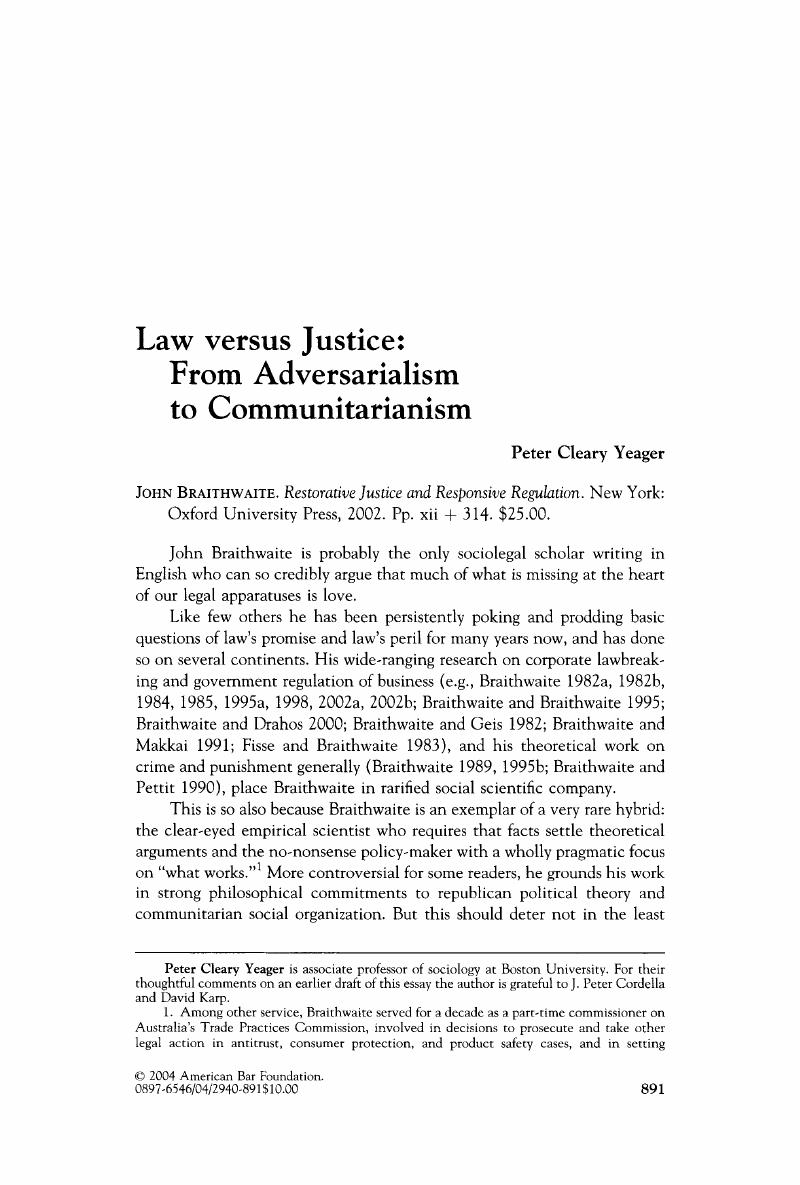Crossref Citations
This article has been cited by the following publications. This list is generated based on data provided by Crossref.
Yeager, Peter Cleary
2007.
International Handbook of White-Collar and Corporate Crime.
p.
25.
Chouhy, Cecilia
2019.
Handbook on Crime and Deviance.
p.
213.
Portillo, Shannon
Sexton, Lori
Smith, Sarah M.
Dinsmore, Renee
and
Reyes, Erika Garcia
2022.
Mobilizing justice in sociolegal research: a mixed methods meta-analysis.
Crime, Law and Social Change,
Vol. 77,
Issue. 2,
p.
159.
Yuan, Xiaoyu
and
Liu, Liu
2023.
Non-compliance or What? An Empirical Inquiry into the Regulatory Pyramid of Chinese Drug Users.
Asian Journal of Criminology,
Vol. 18,
Issue. 2,
p.
155.



